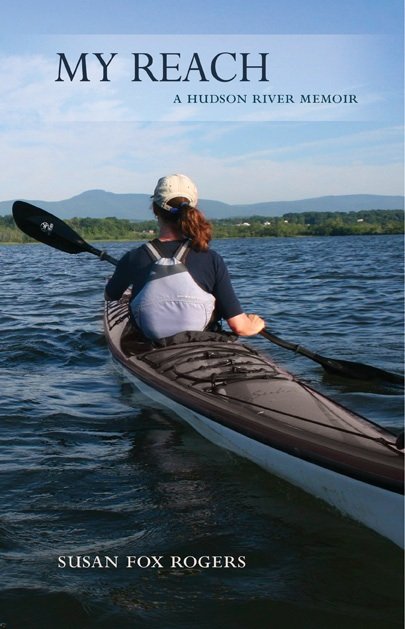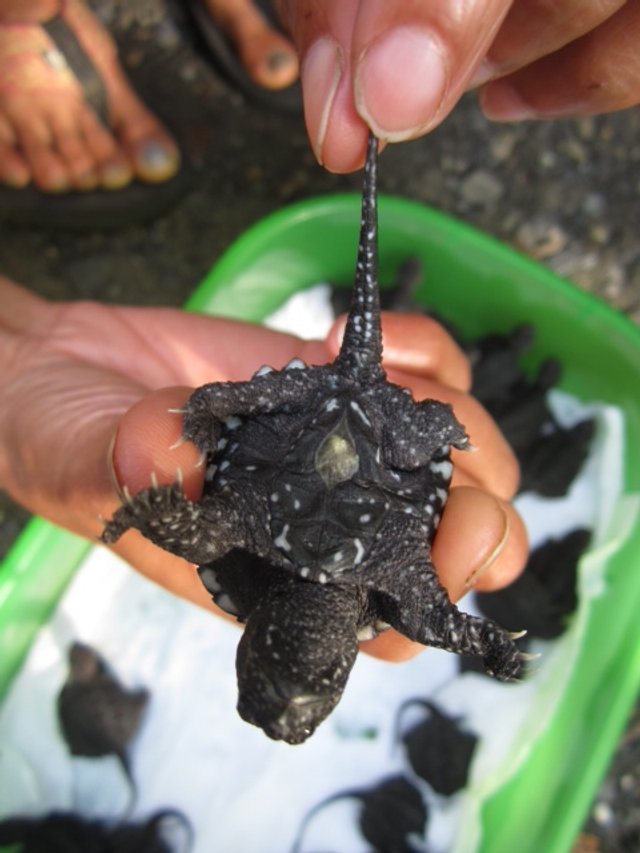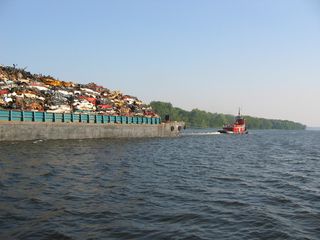 My first book, My Reach: A Hudson River Memoir, appeared one year ago this month. In this year of publication, I have read to kayaking groups, and Hudson River enthusiasts, devoted library goers, and AARP members. I stumbled through an NPR interview and spoke to local papers. It’s been a lot of fun, being in the world, telling the story of writing my book.
My first book, My Reach: A Hudson River Memoir, appeared one year ago this month. In this year of publication, I have read to kayaking groups, and Hudson River enthusiasts, devoted library goers, and AARP members. I stumbled through an NPR interview and spoke to local papers. It’s been a lot of fun, being in the world, telling the story of writing my book.
What I never fail to mention in my talks is that when I set out to write the book, I knew nothing about kayaking and nothing about writing a book. People are in awe that I just plunked my boat in the water and stroked off toward the far shore. But no one says, wow, you sat down in a room by yourself and wrote every single word of a book? That, for me, is the bravest thing I’ve done. I gave up writing this book dozens of times—it was just too hard (the file I kept the manuscript in is labeled: Keep Trying). I say that it took me seven years to write this book, but really, it took me a lifetime. So when I hold my book and read from it, I think, miraculous, with all sincerity.
After I read, someone from the audience inevitably asks: what’s the next book? The next book? The question is a kind one—implied is, “I liked this, I could read more.” Or maybe I am flattering myself—maybe the audience is simply polite. But my response is, “really, I have to do this again?” One book seems plenty, like people who decide that one child is just right. But when you write a book, apparently people think you should write another. In fact, I think I should write another. The problem is, I’m not.




